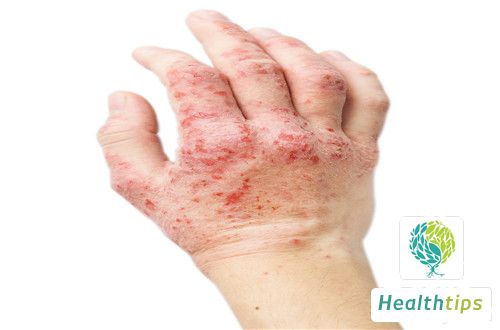What Should I Do If My Foot Gets Broken and Forms Pus?

We all need to wear shoes in our daily lives. However, wearing unsuitable shoes or walking for extended periods can lead to chafing and discomfort, and in severe cases, may even cause bleeding on the heels. If the wound is not properly treated, it can easily become infected with pus, which can be quite alarming. In such situations, it is crucial to take prompt and correct measures. So, what should you do if your feet are broken and infected with pus?
Firstly, disinfect the wound with an antiseptic solution. Then, wrap it up with sterile gauze. In most cases, this should help the wound heal quickly. However, if the condition persists, it is advisable to consult a doctor and take antibiotics such as cephalosporins.
When the feet develop symptoms of ulceration and pus discharge, it is generally considered to be a bacterial infection caused by various external stimuli. The first step is to disinfect the wound with iodophor solution. After disinfection, the wound can be wrapped with sterile gauze for quick healing. If the condition persists, oral antibiotics such as amoxicillin or cephalosporins can be prescribed for internal antibacterial treatment, along with external irrigation with gentamicin solution.
1. Band-Aid: For many people, applying a band-aid to the heel can effectively relieve the discomfort caused by shoe chafing. The band-aid acts as a barrier between the skin and the shoe, preventing further friction. For those who have already developed abrasions on their heels, a band-aid can also help prevent bacterial infection. Nowadays, there are various designs and patterns available for band-aids, including cute cartoon images. If you're not satisfied with the plain look of regular band-aids, you can opt for these more stylish options to add a touch of fun and personality to your footwear.
2. Choice of Socks: Many people prefer wearing boat socks as they provide a snug fit and help avoid embarrassment when wearing shallow-cut shoes. However, if you find that a particular pair of shoes is causing discomfort or chafing, it may be worth trying a different type of sock. Opting for taller socks can offer better protection for the heels and prevent chafing. However, it can be challenging to pair socks with certain types of shoes, such as high heels or slip-on shoes, which are prone to causing chafing.
3. Softening Shoes: In many cases, chafing occurs because the shoes are too stiff. Many people are eager to wear their new shoes right away, but new shoes can often be quite rigid and uncomfortable. Fortunately, there's a simple way to soften them: soak them in water for a short period. Make sure not to soak them for too long, ideally around ten minutes. This will help make the shoes more flexible and comfortable to wear.



















